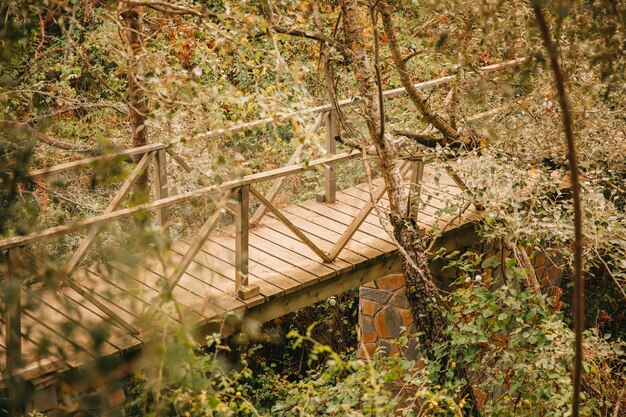
Sponsored article
Incorporating wooden structures into your garden can transform a simple backyard into a serene outdoor retreat. The natural materials bring warmth and character, while providing functional benefits such as shade and privacy. Whether you are looking to create a cozy corner with a pergola or enhance the aesthetic appeal with elegantly crafted arbors, wooden garden structures offer versatile solutions to suit any landscape. Discover how to effectively design and implement these features for an idyllic garden oasis.
Wooden garden structures offer a multitude of outdoor retreat benefits, making them an ideal choice for creating a serene and inviting environment. One of the primary advantages is their inherent natural beauty, which seamlessly blends with any garden setting, enhancing its overall aesthetics. The warmth and texture of natural materials like wood provide a timeless charm that man-made materials often fail to replicate. These structures can transform even the simplest outdoor space into a picturesque haven, offering an exquisite backdrop for relaxation and gatherings. Moreover, their ability to complement the greenery and floral elements in your garden enhances the visual appeal and tranquility of the space.
In addition to their aesthetic attributes, wooden garden structures are notably eco-friendly, aligned with sustainable practices appreciated by nature enthusiasts. The use of certified wood in the construction ensures that your choice supports forest conservation while offering enduring performance. With a wide range of customizable options suited to diverse garden themes, wooden structures from LiveOutside cater to every homeowner’s unique vision. By choosing these structures, you are not only investing in quality and durability but also in a greener planet, making your outdoor retreat both beautiful and responsible.
When envisioning your serene outdoor retreat, the choice of wood for your garden structures plays a crucial role in achieving both functionality and aesthetic allure. Different types of wood come with varied properties that affect durability and weather-resistance, making it essential to consider your specific needs and environmental conditions. Cedar, for instance, is a popular choice due to its naturally occurring oils that deter insects and resist decay. This wood is not only durable but also lightweight, which makes it ideal for outdoor furniture or pergolas. Another great option is teak, known for its exceptional longevity and weather-resistance qualities. Its high oil content makes it resistant to water, insects, and warping, thus maintaining a classic and luxurious look for many years in any climate.
Treated pine is a practical and budget-friendly choice for those looking to balance cost with durability. Pressure-treated to resist rot and insect damage, treated pine can withstand the elements effectively while being easy to work with. When selecting wood for your garden oasis, consider factors such as:
By carefully evaluating these types of wood, you can enjoy a serene outdoor retreat that not only endures over time but also enhances the natural beauty of your garden.
Incorporating wooden features into your garden design effortlessly transforms your outdoors into a serene retreat. Wooden structures such as pergolas and arbors not only add aesthetic appeal but also create functional spaces for relaxation and enjoyment. Pergolas, with their open-roof design, provide partial shade while defining outdoor living areas, making them perfect for dining or lounging. Arbors, typically smaller, are often used as entranceways or to highlight a pathway, offering a romantic touch with climbing plants such as roses or wisteria. Proper planning is crucial to ensure these wooden features integrate seamlessly into your landscape. Consider the scale of your garden, and aim for a cohesive look by choosing wood materials that complement existing elements.
For successful integration, follow these guidelines:
With careful planning, wooden features will beautifully enhance your garden design, creating a harmonious outdoor sanctuary.